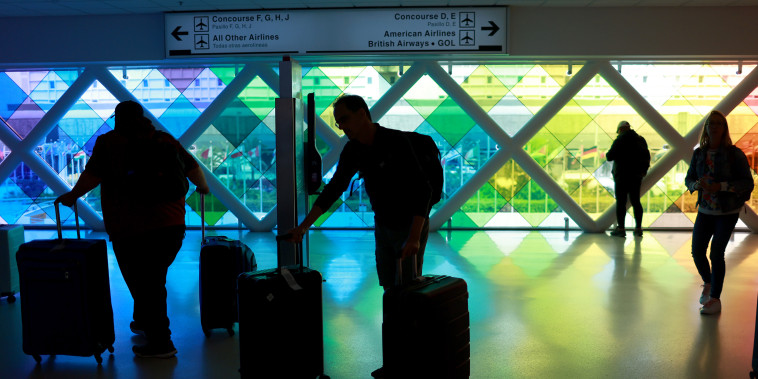Air travel demand is breaking records, but airline profits are not matching up. This disparity can be attributed to various factors that affect the aviation industry’s profitability. Let’s delve into these factors to understand the current landscape of the airline industry.
One significant factor impacting airline profitability is the rising operational costs. Despite the surge in demand for air travel, airlines are grappling with increasing expenses related to fuel, labor, maintenance, and other operational aspects. The soaring fuel prices, in particular, have been a major concern for airlines as they directly impact the operating costs and bottom line. In addition, the competitive nature of the airline industry often limits airlines’ ability to pass on these rising costs to passengers through higher ticket prices, thus squeezing profit margins.
Another key factor contributing to the mismatch between air travel demand and airline profits is the intense competition within the industry. As more airlines vie for market share and compete on routes, pricing, and services, profit margins are inevitably affected. Price wars and fare discounts to attract passengers can erode profits, especially during peak travel seasons when demand is high. The need to offer competitive prices and promotions to stay relevant in the market puts pressure on airlines’ revenue streams, making it challenging to achieve sustainable profitability.
Moreover, external factors such as geopolitical instability, natural disasters, pandemics, and global economic downturns can significantly impact airline profits. These unforeseen events can disrupt air travel demand, leading to booking cancellations, flight suspensions, and revenue losses for airlines. The volatility and unpredictability of such external factors pose a constant challenge to airlines in managing their operations and financial performance.
Additionally, regulatory constraints and compliance requirements add another layer of complexity to the airline industry’s profitability equation. Strict regulations related to safety standards, security measures, environmental policies, and passenger rights necessitate substantial investments and operational adjustments by airlines. Complying with these regulations not only incurs additional costs but also affects operational efficiency and profit margins.
Furthermore, the evolving consumer preferences and expectations in terms of service quality, amenities, and technology have compelled airlines to invest in enhancing the passenger experience. While these investments are necessary to stay competitive and meet customer demands, they also entail financial commitments that can put pressure on airlines’ profitability.
In conclusion, while air travel demand is booming, airline profits remain constrained due to a combination of factors such as rising operational costs, intense competition, external uncertainties, regulatory constraints, and evolving consumer preferences. To achieve sustainable profitability, airlines need to adopt strategic cost management measures, pricing strategies, risk mitigation solutions, and customer-centric approaches to navigate the challenges and opportunities in the ever-changing aviation landscape. By addressing these challenges proactively and innovatively, airlines can strive towards a more balanced relationship between growing demand and sustained profitability in the dynamic airline industry.

